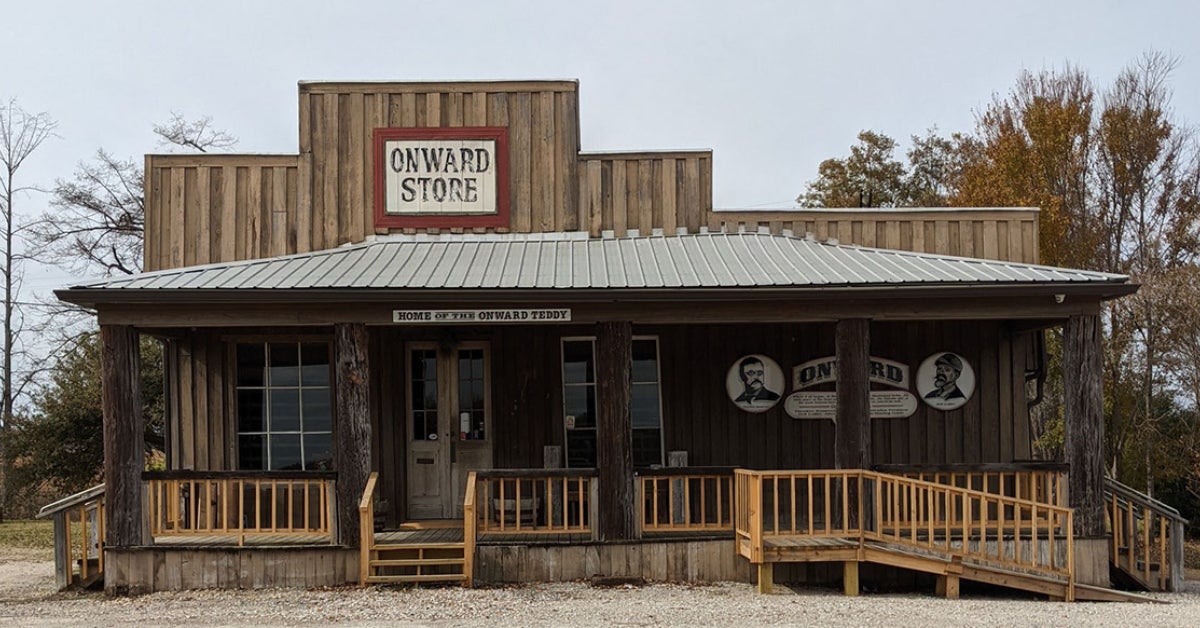River rolled in at 14 feet above flood stage
Published 12:00 am Monday, April 15, 2002
A MANMADE LEVEE along the Mississippi river protects residents and livestock from the rising water during the Great Flood of 1927. The photo was taken by Vicksburg photographer J. Mack Moore and is part of the Old Court House Museum collection.
[04/14/02]The late summer, fall and winter of 1926 was a wet period in the Mississippi River Basin, but even that didn’t prepare the Southland for what was coming.
By the beginning of 1927, many of the smaller tributaries of the Mississippi were running bankfull, and still no one knew.
About the same time, the Mississippi rose above flood stage at Cairo, Ill., and that water traveled down the river, reaching Vicksburg just before the middle of January.
Just a few days later, the river had reached one crest but three more followed in what came to be recorded as the Great Flood of 1927.
In that year 75 years ago the Mississippi River reached a modern record crest at Vicksburg that would have been read on the present gauge as 57.12 feet more than 14 feet higher than flood stage.
Many of the levees that existed were overtopped. Others fractured with sudden and disastrous consequences. The raging river spilled out onto its historic flood plain, oblivious to the cities and homes and businesses that had been built and the forest land cleared to grow crops to feed and clothe a nation.
The official estimate is that about 250 people lost their lives as a direct result of the flood, but that does not take into account those who perished of disease or who disappeared during the flood. Taking that into account, historians estimate as many as 1,000 people died.
The economic losses in the central part of the United States were enormous, $347 million in 1927 dollars or something like $5 billion today; about 700,000 people were displaced and 137,000 structures were lost.
With the number of people forced from their homes, there was not adequate housing anywhere. The Red Cross and others set up nearly 160 refugee camps tent cities in Vicksburg and elsewhere to house thousands. And all those people who were able to stay in their homes or who were housed in schools and other buildings had to be fed and normal supply routes simply were not available.
The reaction of the nation was to demand that something be done to see that such a disaster not happen again. Attention turned to the U.S. Army Corps of Engineers and the Mississippi River Commission for a solution.
After debate and study, Congress passed the Flood Control Act of 1928, which embodied the concepts of what was called the Jadwin Plan, devised by Lt. Gen. Edgar Jadwin, the commander of the Army Corps of Engineers.
Now called the Mississippi River and Tributaries Project, the plan uses levees to limit the spread of flood waters; floodways and control structures to redirect water to reduce downriver stages and control structures to hold water back; channel improvements to increase the channel ability to handle flows and stabilization to keep the channel in place, and tributary basin improvements to increase those basins ability to handle flows and increase storage in addition to other improvements.
The MR&T has been under construction since 1928 and is now about 87 percent complete, but there is still years of work to be accomplished. And then, there is the time and money that must be spent in maintaining the system, even in years when the threat of flood is low.
Since 1928, the nation has spent $11 billion in planning, construction, operation and maintenance of the MR&T project. In return, the project has prevented an estimated $258 billion in damages, a return of about 24 to 1 according to federal estimates.
Fewer and fewer people talk about the Flood of ’27 as time goes on. But it changed Vicksburg forever by fomenting creation of major Corps installations here and by adding residents who, wiped out in the Delta, chose this city as their place to start anew.
And it changed the rest of the nation, showing a bustling and growing country that Mother Nature still had the upper hand.





